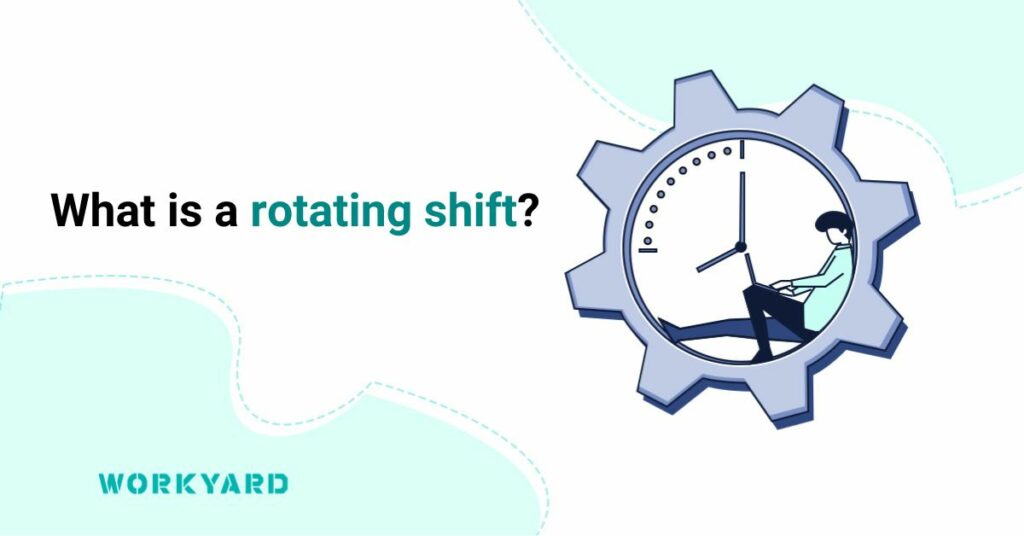At its core, a rotating shift refers to a structured work schedule where employees alternate between different shifts—typically morning, afternoon, and night shifts—over a designated period. This system aims to distribute work hours fairly across all staff members and ensure continuous operation, especially in sectors like healthcare, manufacturing, and customer service.
Types of Rotating Shifts
- Fixed Rotation: Employees follow a predictable sequence of shifts, such as a week of mornings followed by a week of nights.
- Slow Rotation: Changes occur over a more extended period, like monthly rotations, providing workers more time to adjust.
- Fast Rotation: Shifts change rapidly, often within a few days or even daily, demanding quick adaptability from employees.
- Forward Rotation: Employees move progressively through shifts, transitioning from mornings to afternoons and then nights.
- Reverse Rotation: The opposite of forward rotation, this method sees employees shifting from night to afternoon to morning shifts.
Advantages of Rotating Shifts
- Flexibility: Allows companies to operate around the clock.
- Fairness: Ensures equitable distribution of potentially undesirable shifts.
- Skill Enhancement: Exposes workers to various tasks and responsibilities.
Disadvantages of Rotating Shifts
- Health Concerns: Disrupts circadian rhythms, potentially leading to sleep disorders and fatigue.
- Work-Life Balance: Can strain personal relationships and impede quality leisure time.
- Productivity Challenges: Rapidly changing shifts may hinder employee performance and morale.
While rotating shifts offer undeniable benefits in ensuring operational continuity and fairness, they come with inherent challenges that warrant careful consideration and proactive coping strategies. By understanding the nuances of this scheduling approach, both employers and employees can foster a more harmonious and productive work environment.

